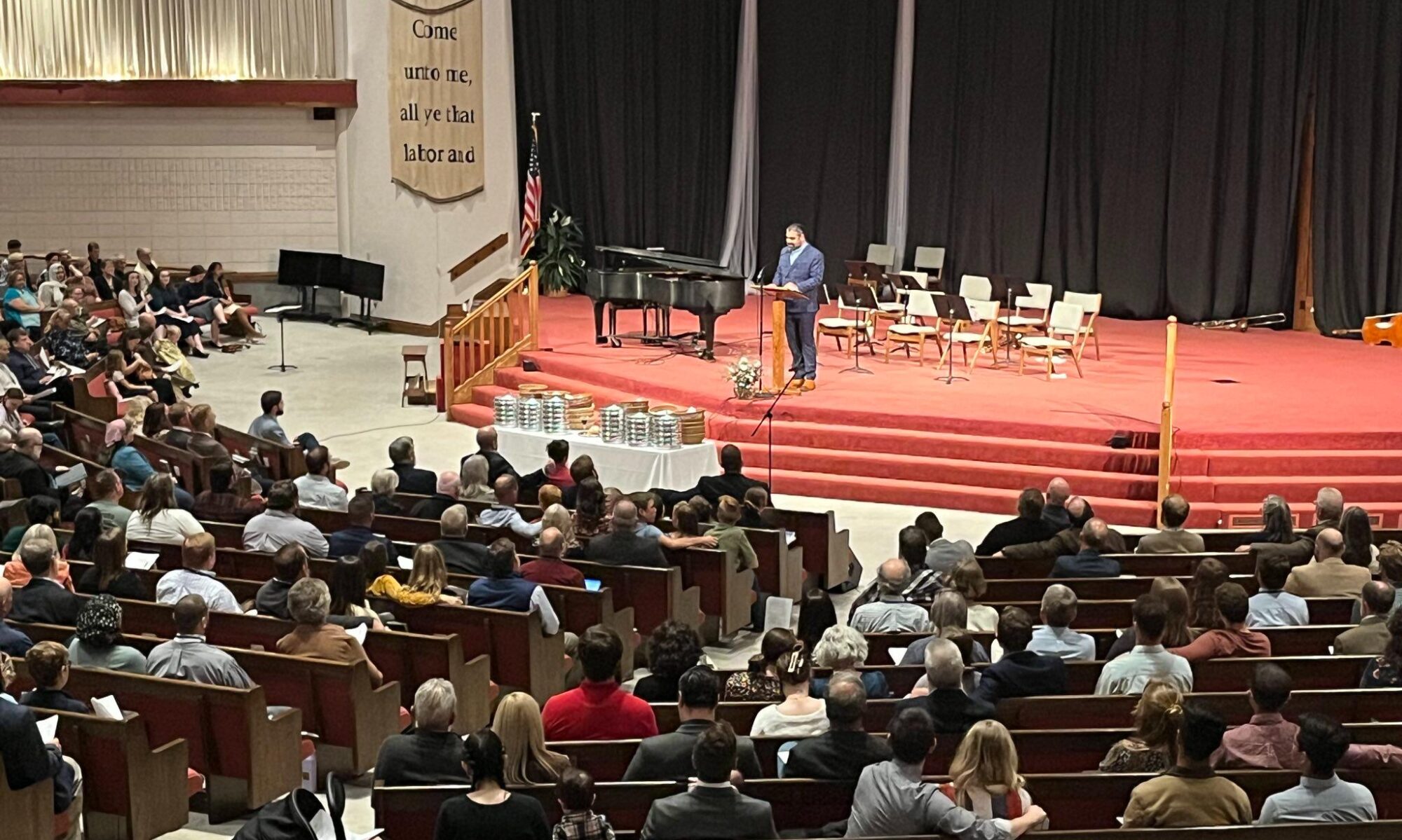In his lecture entitled Calvinism a Life-System, Abraham Kuyper argues that
Two life systems are wrestling with one another, in mortal combat. Modernism is bound to build a world of its own from the data of the natural man, and to construct man himself from the data of nature; while on the other hand, all those who reverently bend the knee to Christ and worship Him as the Son of the Living God, and God himself, are bent upon saving the ‘Christian Heritage.’ (Kuyper, Abraham. Lectures on Calvinism. Grand Rapids: WM. B. Eerdmans Publishing Company, 1931. pg. 11)
This “Christian Heritage” Kuyper spoke so strongly about was nothing more than Calvinism. It was Calvinism that had liberated European countries and that brought about prosperity to the United States (Ibid. pg. 14). In order to preserve the Christian Heritage, Kuyper would call the church to abandon any modernist approach to life and embrace the all-encompassing worldview of Calvinism. There were only two options: those who follow man’s ways and those who bend their knee to Christ’s ways. As Cornelius Van Til once said: “There is only autonomy or Theonomy.” (Page. 134 of Christian Theistic Ethics; many thanks to John Muether for the reference)
Kuyperian thought teaches that Calvinism “claims to embody the Christian idea more purely and accurately” (Lectures on Calvinism, 17) than other religious manifestations. Instead of placing the Christian religion alongside other religions such as Paganism and Islamism, Kuyper sees that Calvinism itself embodies true Christianity for it provides an entire life-system; a life-system that seeks to furnish human society with a different method of existence, and to populate the world of the human heart with different ideals and conceptions (pg. 17).
The great disputes of the sixteenth-century centered primarily on John Calvin and Martin Luther. The two Reformers differed in their understanding of the sacraments, and for the sake of this study, on their view of Christianity and Culture. The Reformational tradition of Martin Luther has focused much of their attention in the two-kingdom perspective. According to Professor John Frame: a “that view states that there are two kingdoms of God, one, as Luther put it, the kingdom of God’s left hand, the other the kingdom of his right hand. The former is secular, the latter sacred. In the former, God rules by law, in the latter, by his word and Spirit.� b In the Lutheran view, the two shall not mix. The sacred kingdom focuses on sacred things like the sacraments and the preaching of the Word; whereas the secular kingdom propagates an antithetical message. Hence, any attempt to sacrilize the secular is in vain. Any idea of a Christian culture is anathema to Lutheranism. On the other hand, the Calvinian (or Calvinistic) worldview denies so strong a dichotomy. Though Calvinistic teaching would heartily emphasize a strong view of the church, nevertheless, Calvinism would also affirm the application of Scriptural principles in all of society, including the civil sphere. As Frame writes: �The biblical view of civil government does not require us to force unbelievers to behave as Christians in every way, but it does call upon us to restrain their (and our!) sin in certain areas. We should be active in society to promote those godly standards.� c Though Kuyper praised Luther�s heroic initiative in the Reformation, nevertheless, Kuyper saw Luther�s position as incomplete in terms of applying a full Reformation. Hence, Kuyper writes: �But when the question is put, Who has the clearest insight into the reformatory principle, worked it out most fully, and applied it most broadly, history points to the Thinker of Geneva and not to the hero of Wittenberg? d
- Frame teaches at RTS/Orlando (back)
- John Frame. The Chalcedon Foundation. Online. Law and Gospel. 4 January, 2002. http://www.chalcedon.edu/articles/0201/020104frame.php (back)
- See Law and Gospel (back)
- Kuyper, Abraham. Lectures on Calvinism. Grand Rapids: WM. B. Eerdmans Publishing Company, 1931. pg. 22 (back)
